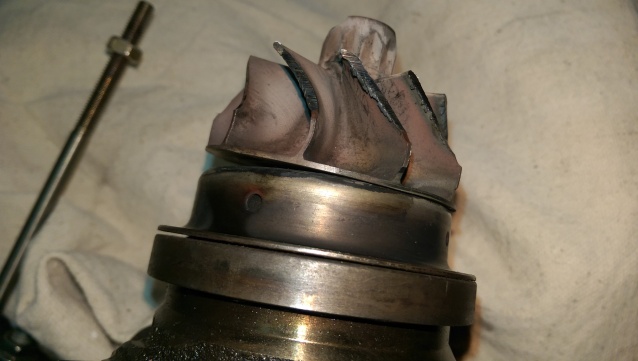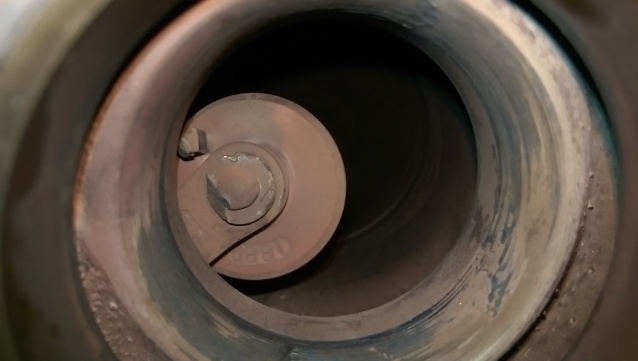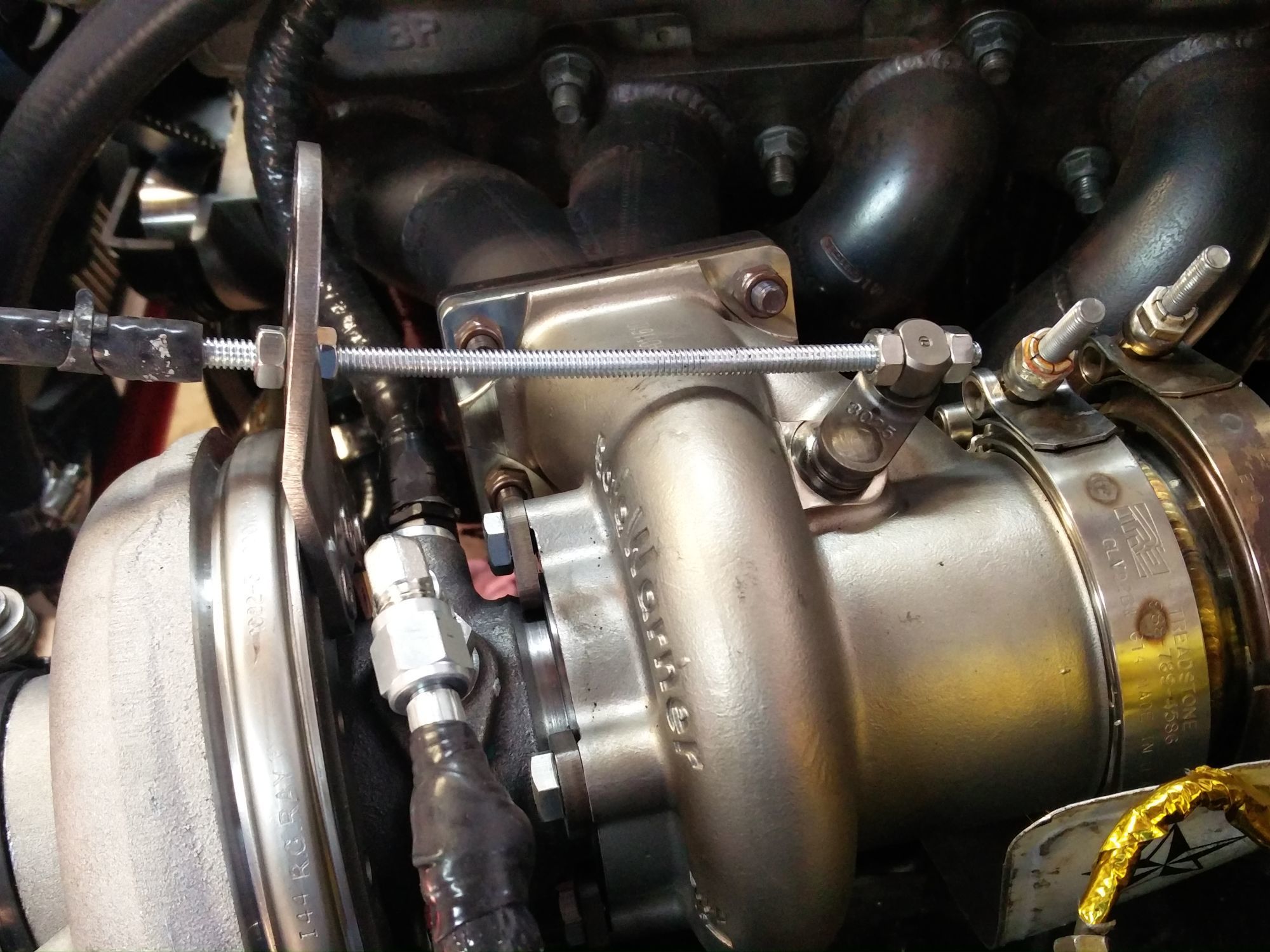EFR wastegate wired open = CARNAGE!
#1
So I just put in a freshly built motor to handle my EFR 6258, and I figured I could wire the wastegate open to stay out of boost during the break-in period. So I disconnected the wastegate from the actuator arm and wired it in the fully open position. What I didn't know at the time is that this put the wastegate flapper in contact with the turbine. Want to see what happens when the wastegate is held against the spinning turbine? Wait no further:


I felt like an idiot for doing this, but even a documentation search and internet search after the fact didn't show any obvious warnings not to wire your wastegate all the way open. Was there some manufacturing defect that allowed this kind of interference? Would anyone else with an EFR care to check if their wastegate hits the turbine when it's disconnected from the rod and opened as far as it will go? I'll try to contact Borg Warner this week to see if I was just a dumbass or if maybe there was a problem with my unit.
At the very least, maybe this post can serve as a heads up to help other people avoid learning this lesson the hard way.


I felt like an idiot for doing this, but even a documentation search and internet search after the fact didn't show any obvious warnings not to wire your wastegate all the way open. Was there some manufacturing defect that allowed this kind of interference? Would anyone else with an EFR care to check if their wastegate hits the turbine when it's disconnected from the rod and opened as far as it will go? I'll try to contact Borg Warner this week to see if I was just a dumbass or if maybe there was a problem with my unit.
At the very least, maybe this post can serve as a heads up to help other people avoid learning this lesson the hard way.
#5
If you decide to rebuild maybe Bullseye Power Turbochargers - Performance Turbo Manufacturing can help you out. They are a local turbo company that can service borgs and they also make alot of their own parts like my turbo.
I cannot believe that it is even possible to do.
Also why are you disconnecting the wastegate to break the motor in. When breaking in motors i have always just set the car at wastegate and done gradual short one gear pulls to seat the rings and build some heat. Shoot my last built motor i broke it in on a 500whp ish map then gradually turned it up as the miles were put on.
I cannot believe that it is even possible to do.
Also why are you disconnecting the wastegate to break the motor in. When breaking in motors i have always just set the car at wastegate and done gradual short one gear pulls to seat the rings and build some heat. Shoot my last built motor i broke it in on a 500whp ish map then gradually turned it up as the miles were put on.
#7
The recommendation from the engine builder was to limit the pulls to 100kpa for the initial break-in. I thought I'd be clever and just keep the wastegate open so I wouldn't have to worry as much about throttle modulation to keep it out of boost. I suppose some innate desire to avoid having pieces just flapping around led me to wire it fixed in the fully open position. Yeah, if only I had been lazier and not messed with the turbo I could have avoided this. Although, I must admit I've considered wiring the wastegate open before. I occasionally do HPDE instruction and I thought it might be useful to have the ability to "disable" the turbo and demonstrate that it is still possible to go fast even without the HP. Definitely won't be doing THAT now!
Thanks for the rebuilder suggestion.
Thanks for the rebuilder suggestion.
#12
Are you kidding? You guys don't flip your turbo around under inspection in all sorts of angles like a kid receiving a new toy?
I noticed this before ever installing it because I had to remove the wastegate canister to clock the housings. It was blatantly apparent. If assembled and installed as intended by manufacturer, this would never happen.
I group this into the same snafu as not hooking up an oil line for XYZ break in reason and finding out you roasted your bearings. They wouldn't need to include a warning for that.
When my **** broke, I had to get a supercore. I'd be amazed if you could get the turbine and shaft individually. Won't you have to send the compressor wheel in separately for balancing? Get a shiny aluminum supercore and lose some weight while you're at it.
I noticed this before ever installing it because I had to remove the wastegate canister to clock the housings. It was blatantly apparent. If assembled and installed as intended by manufacturer, this would never happen.
I group this into the same snafu as not hooking up an oil line for XYZ break in reason and finding out you roasted your bearings. They wouldn't need to include a warning for that.
When my **** broke, I had to get a supercore. I'd be amazed if you could get the turbine and shaft individually. Won't you have to send the compressor wheel in separately for balancing? Get a shiny aluminum supercore and lose some weight while you're at it.
#13
**** man, sorry to read this. I actually thought the same thing for a similar reason -- doing a remote tune on my NC means a delicate foot is good practice until the mapping gets closer to good. Guess I'll be avoiding this solution to the problem and instead just back out the preload to as little as possible and actually light-footing it.
#20
True, Low boost can on my 6758 with 2-turns preload ended up at like 4psi... so yea nothing to worry about.
Nope. it's the stock BW Oil restrictor and the FM "round the backside" oil feed bits (AN-4 line, 90* steel AN-4 swivel) Not sure why you'd want to run AN-6 on the oil feed.
The coolant bits are just Ye ol standard AN-6 fare.
The coolant bits are just Ye ol standard AN-6 fare.














